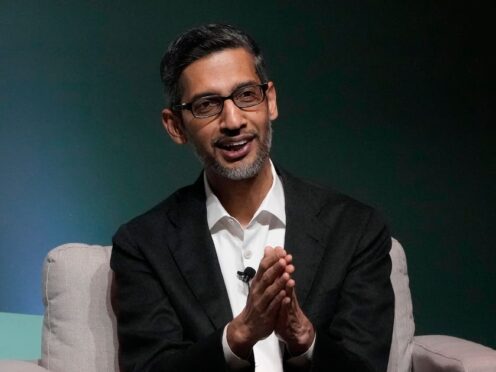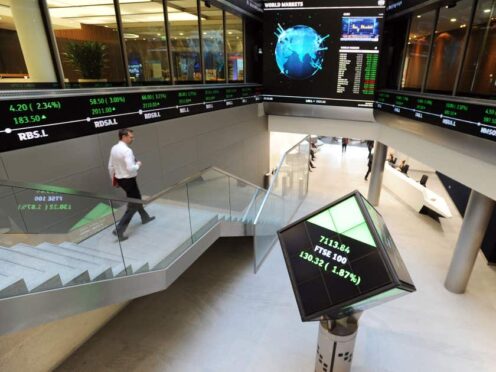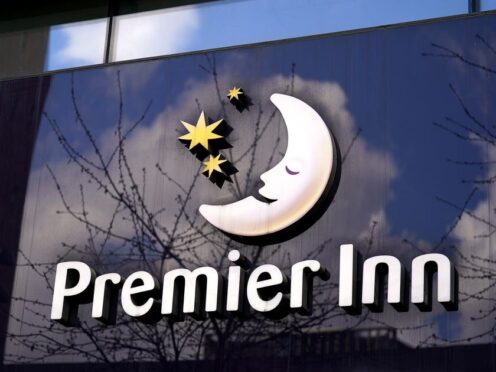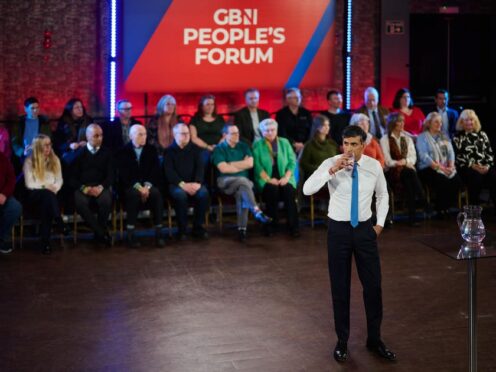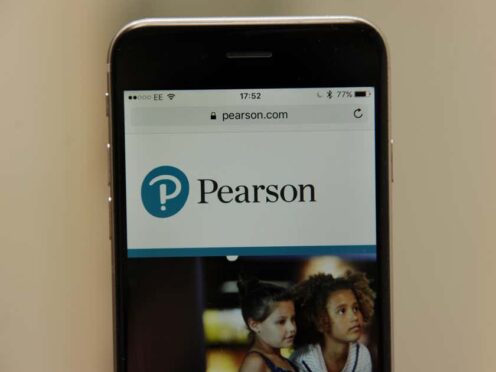Ed Watling is the Senior Employee Benefits Consultant at Mattioli Woods. Here, the consultant explains why businesses should be investing more in their employees’ wellbeing….
 “Recent research by international health insurer Aetna1 has suggested that three out of five employees would like their employers to increase their spend on employee wellbeing, both mental and physical, because of the Covid pandemic.
“Recent research by international health insurer Aetna1 has suggested that three out of five employees would like their employers to increase their spend on employee wellbeing, both mental and physical, because of the Covid pandemic.
“The survey sought insight from 1,000 office workers across the UK, USA, UAE and Singapore and found significant differences between employee and employer perspectives on the quality of the wellbeing support provided to employees; both for those still office based and those working from home.
“Some 84% of the respondents said that their mental health is more important now than 12 months ago and 89% indicated that physical health is a higher priority now compared to a year ago.
“Although 2/3rds of employees stated that they would like employers to invest more in health and wellbeing benefits, only 34% of employers agreed that they should be spending more in this area of employee benefits.
“The survey disclosed significant discrepancy in respect of employee and employer opinions on the provision of corporate health and wellbeing for those working from home. The main area of concern seems to be mental health, only 25% of employees rated the support provided by their employer for stress as “good”. In comparison 42% of employers ranked their provision as “good”.
“On the flip side, 9% of employers felt that their mental health support was “poor” but this figure increases to 27% from the employees point of view.
“Meanwhile 27% of employees would rate the support they receive for mental health issues such as depression and anxiety as ‘poor’, however, just 9% of employers would say the same.
“With current levels of infection, we can assume that some degree of lockdown restrictions, and therefore working from home, will be the norm for the foreseeable future.”
How can employers ensure that they can support remote workers with mental wellbeing?
Ed concludes: “The answer to this conundrum might be found in providing employees with access to mental health awareness training, self-help tools and signposting to additional support (e.g. Employee Assistance Programs, charities, Third Sector Organisations) via an online mental health platform. This will provide a whole of workforce solution available 24/7 – and is therefore not confined by office hours or the availability of colleagues.”
Ed Watling is the Senior Employee Benefits Consultant at Mattioli Woods. If you wish to contact Mattioli Woods for advice and guidance on this topic, or anything else, click here to visit the website.


